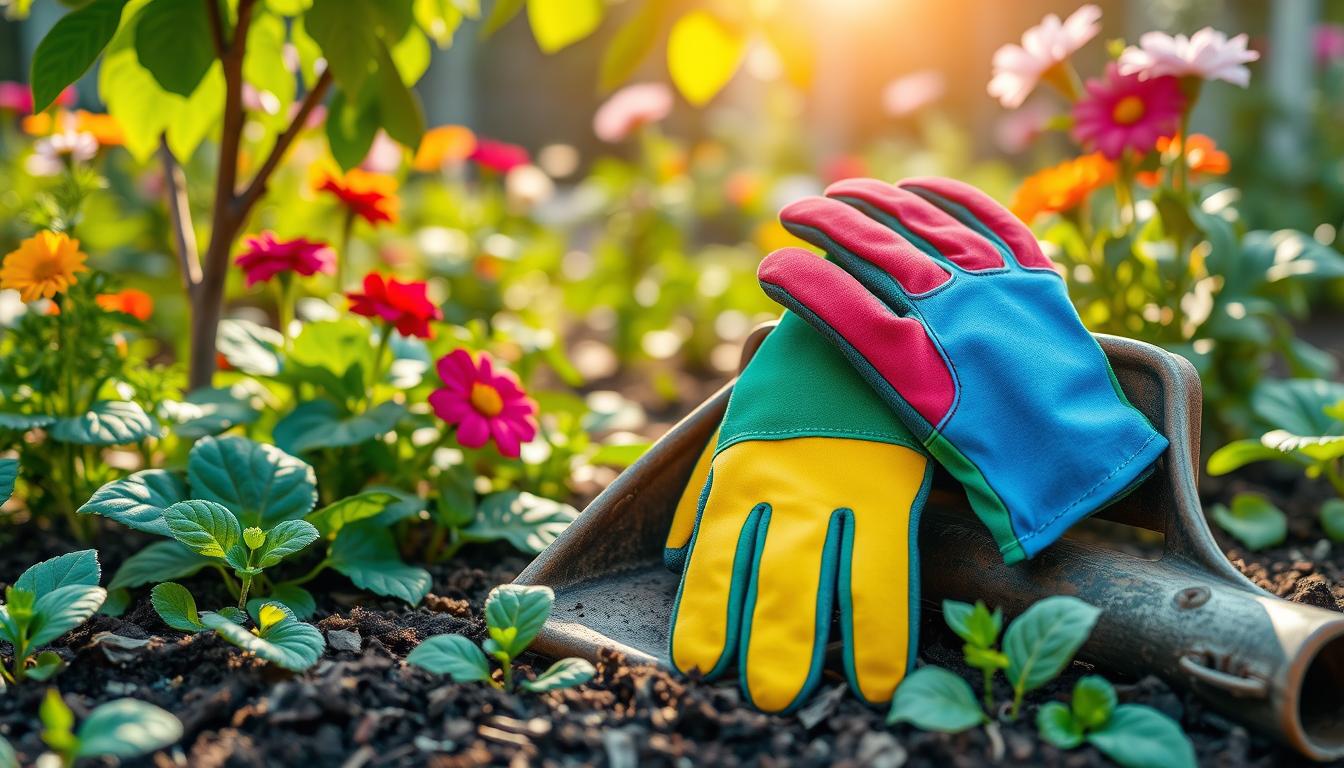Winter Gardening Flowers: Brighten the Cold Months with Blooms

Can your garden bloom even in the harsh winter months?
The idea of colorful flowers thriving in icy temperatures might seem improbable, but winter gardening flowers prove it’s not only possible—it’s easier than you think. With the right selection of plants, strategies, and care, your garden can remain vibrant and alive throughout the colder months.
In this guide, we’ll explore everything you need to know about growing flowers in winter, from choosing the best blooms to maintaining their health. Whether you’re an experienced gardener or just starting, this comprehensive guide will inspire you to keep gardening through the chill.
Table of Contents
- Why Winter Gardening Flowers?
- Best Flowers for Winter Gardening
- Preparing Your Garden for Winter Blooms
- Caring for Winter Flowers: Tips and Tricks
- Pros and Cons of Winter Gardening Flowers
- Inspiring Winter Garden Ideas
- Key Takeaways
- Frequently Asked Questions (FAQ)
- Conclusion
1. Why Winter Gardening Flowers?
Winter gardening flowers bring life, color, and cheer to an otherwise barren season. They’re not just for aesthetics—these blooms can also serve as a source of food for pollinators like bees and birds that remain active during winter.
Surprising Fact: Did you know that some flowers, like pansies, can survive temperatures as low as 20°F?
Benefits of Winter Gardening Flowers
- Visual Appeal: Adds vibrant colors to a dull landscape.
- Pollinator Support: Provides nectar for winter-active species.
- Mood Boost: Studies show gardening can improve mental health, even in winter.
2. Best Flowers for Winter Gardening
Choosing the right flowers is crucial for a successful winter garden. Here’s a list of popular winter-friendly blooms:
| Flower | Hardiness Zone | Key Features |
|---|---|---|
| Pansies | 4-8 | Cold-tolerant, bright colors. |
| Hellebores | 3-9 | Also known as “Christmas Roses.” |
| Violas | 6-10 | Small but resilient. |
| Snowdrops | 3-7 | Delicate white blooms. |
| Winter Jasmine | 6-10 | Yellow flowers, easy to maintain. |
| Camellias | 7-9 | Blooms even in freezing temperatures. |
Examples of Flower Arrangements
- Pair pansies with snowdrops for a striking contrast of color.
- Combine hellebores and violas for a layered texture effect.
3. Preparing Your Garden for Winter Blooms
Proper preparation is key to helping your flowers thrive in cold weather.
Steps to Winterize Your Garden
- Clean Up: Remove dead plants and debris to prevent pests and diseases.
- Soil Preparation: Add mulch and compost to insulate roots.
- Planting Time: Sow seeds or plant bulbs in late fall for winter blooms.
- Use Protective Covers: Frost blankets or cloches can shield tender plants.
YouTube Video Suggestion: Winter gardening preparation tips:
4. Caring for Winter Flowers: Tips and Tricks
Maintaining flowers during the cold months involves regular attention to their unique needs.
Key Tips:
- Watering: Water early in the day to prevent freezing.
- Sunlight: Position plants where they can receive the most sunlight.
- Pruning: Trim dead or damaged foliage to encourage growth.
Practical Advice: For potted winter flowers, ensure the pots have proper drainage to avoid waterlogging.
5. Pros and Cons of Winter Gardening Flowers
Winter gardening flowers have their advantages, but there are also some challenges to consider:
Pros:
- Year-round beauty and satisfaction.
- Helps maintain gardening skills during the off-season.
- Encourages biodiversity even in colder months.
Cons:
- Limited flower variety compared to spring or summer.
- Requires extra care and preparation for success.
- Some flowers may struggle in severe climates.
6. Inspiring Winter Garden Ideas
Looking for creative ways to display your winter flowers? Here are some ideas:
- Hanging Baskets: Use violas or pansies to create colorful hanging displays.
- Pathway Borders: Line walkways with hellebores or winter jasmine for a charming touch.
- Window Boxes: Brighten your home with a mix of snowdrops and evergreen foliage.
YouTube Video Suggestion: Creative winter gardening flower ideas:
7. Key Takeaways
- Winter gardening flowers bring color and life to a barren season.
- Proper preparation, from soil care to planting time, is essential.
- Pansies, hellebores, and snowdrops are excellent choices for winter blooms.
- Despite the challenges, winter gardening is rewarding and enriching.
8. Frequently Asked Questions (FAQ)
1. Can all flowers survive winter?
No, only certain flowers like pansies, hellebores, and snowdrops are hardy enough for winter conditions.
2. When should I plant winter flowers?
Planting in late fall allows the flowers to establish roots before the cold sets in.
3. Do winter flowers need fertilizer?
Yes, but use slow-release fertilizers sparingly to avoid overfeeding during dormancy.
4. Can I grow winter flowers indoors?
Absolutely! Potted winter flowers like cyclamen and Christmas cacti thrive indoors.
9. Conclusion
Winter gardening flowers prove that gardening doesn’t have to stop when temperatures drop. With the right flowers, tools, and techniques, you can enjoy a thriving, colorful garden year-round. So grab your gloves, prepare your soil, and start planting your winter blooms today!


